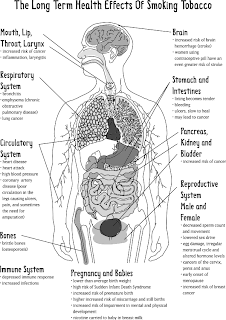
Homeostasis is the maintenance of a constant internal environment within the body. This includes:
Control of the water balance of the blood.
Control of blood sugar levels.
Control of body temperature.
Control of blood urea level.
Each of these internal controls is maintained by
separate mechanisms. All mechanisms for homeostasis have specific sensors which are able to detect the value of the factor which is being
monitored and any
differences from the norm are corrected so the norm is more or less maintained and stable at all times.
When something like the temperature outside drops our bodies homeostasis mechanism makes adjustments which produces more body heat for us. Muscular activity and shivering help to generate heat which keeps our body temperature at a constant level.
Regulating ventilation is controlled by the neurons in the medulla. Our breathing rates are normally maintained at a constant level involuntary by the medulla. The rate of our breathing depends on the medulla to detect the
pH level in our blood. By detecting the
pH level the medulla determines how much carbon dioxide is in our blood. If we have high
pH levels the medulla becomes stimulated and our breathing rate will increase and when the
pH level is low our breathing rate will become slower due to the decrease in nervous stimulation. The medulla controls your heart rate. A healthy pulse rate reading is between 60- 100 beats per minute. It can be felt in any place that allows an artery to be compressed against the bone such as in your neck, on your wrist or behind your knee. High heart rate risk factors are being overweight, high blood pressure, high cholesterol, fatty diet, diabetes, smoking and depression and this could result in having a heart attack. The heart rate is controlled by the balance of stimulation coming from the sympathetic and parasympathetic branches of the autonomic nervous system. The nerves then meet together in the right atrium which is the
sino-atrial node. Parasympathetic stimulation slows down the rate and sympathetic increases the rate.
When exercising the body needs more oxygen and the muscles produce more carbon dioxide. The
chemoreceptors in the carotid artery in the neck, recognise the changes in gases after the blood travels through the aorta in the chest which will increase the heart rate. When the heart rate increases more blood is pumped into the arteries resulting in an increase in blood pressure. This is detected by the
baroreceptors which are located in certain arteries, they send impulses to the control centre ( the medulla
oblongata) which interprets the message and sends impulses to the cardiovascular system. This slows the pulse and decreases the blood pressure.






